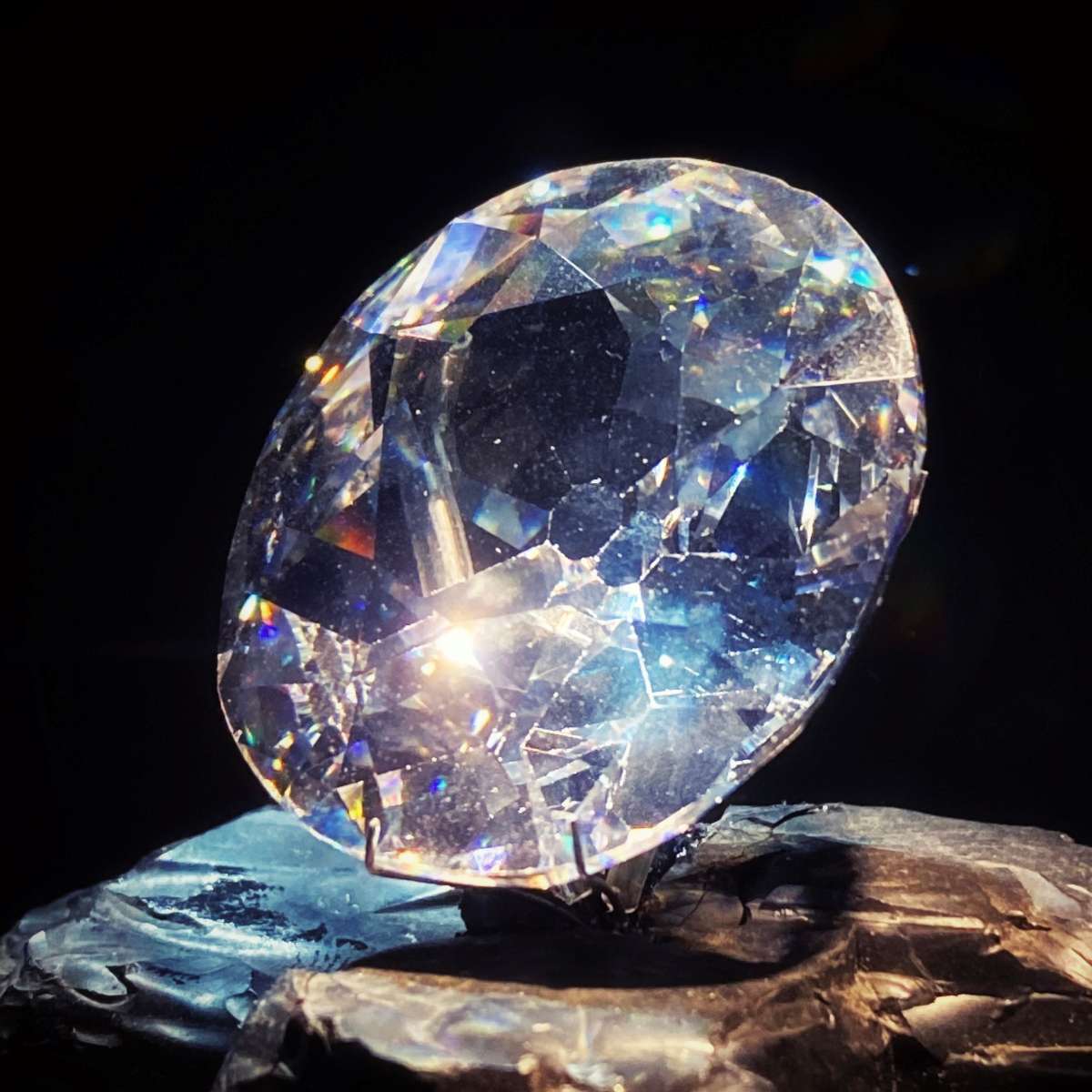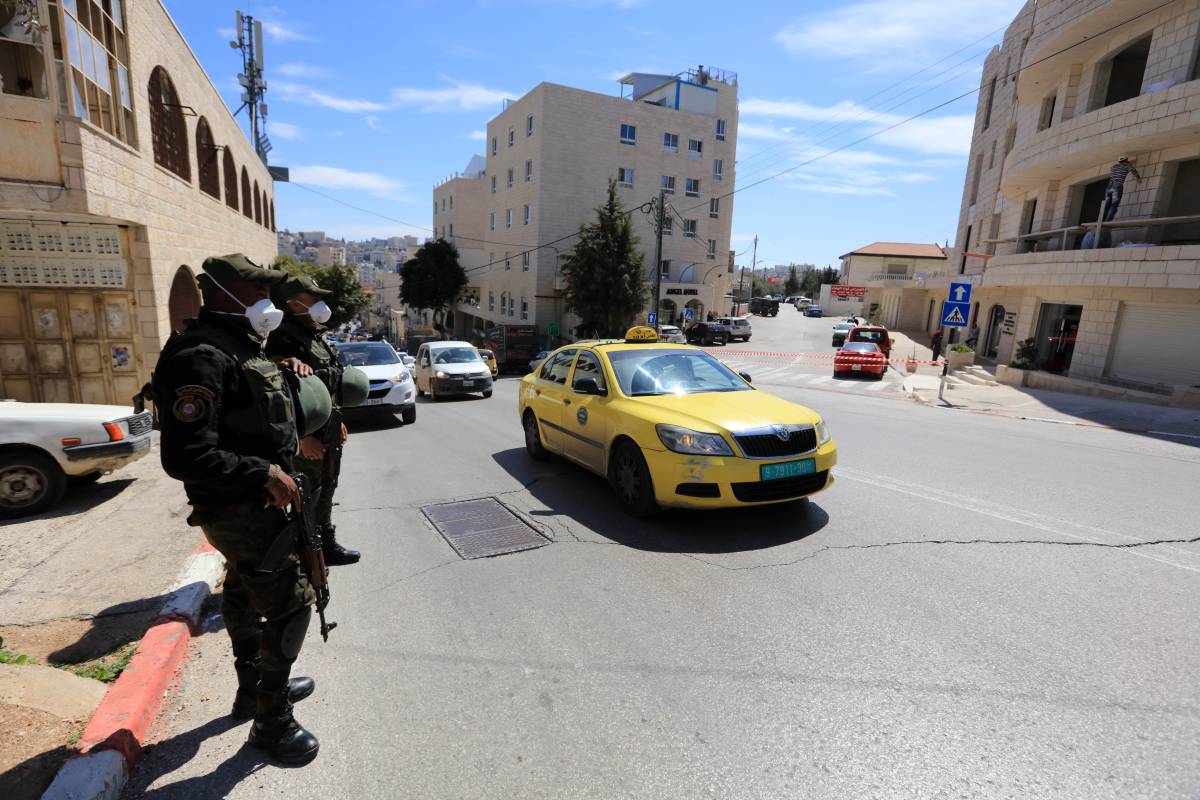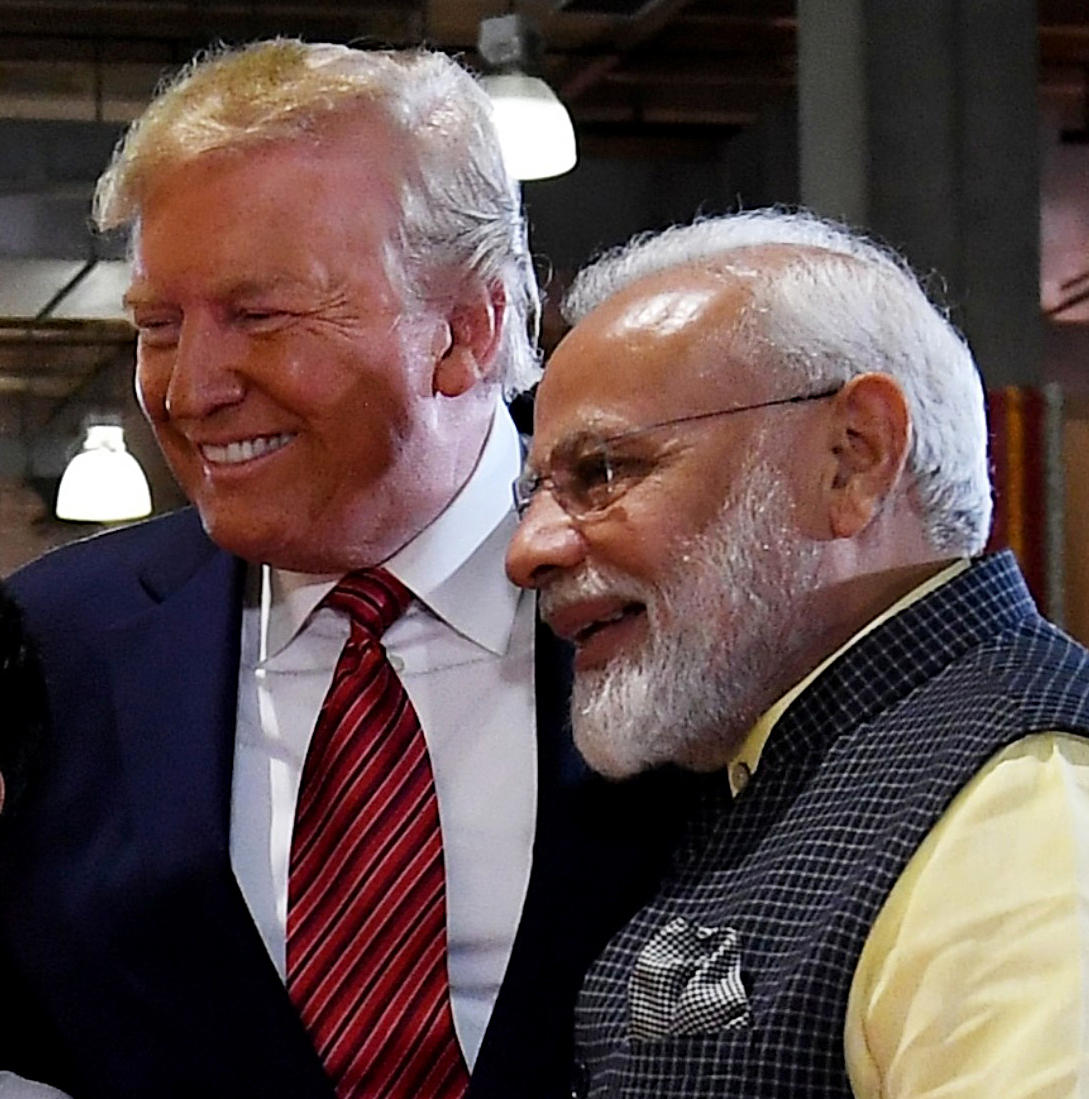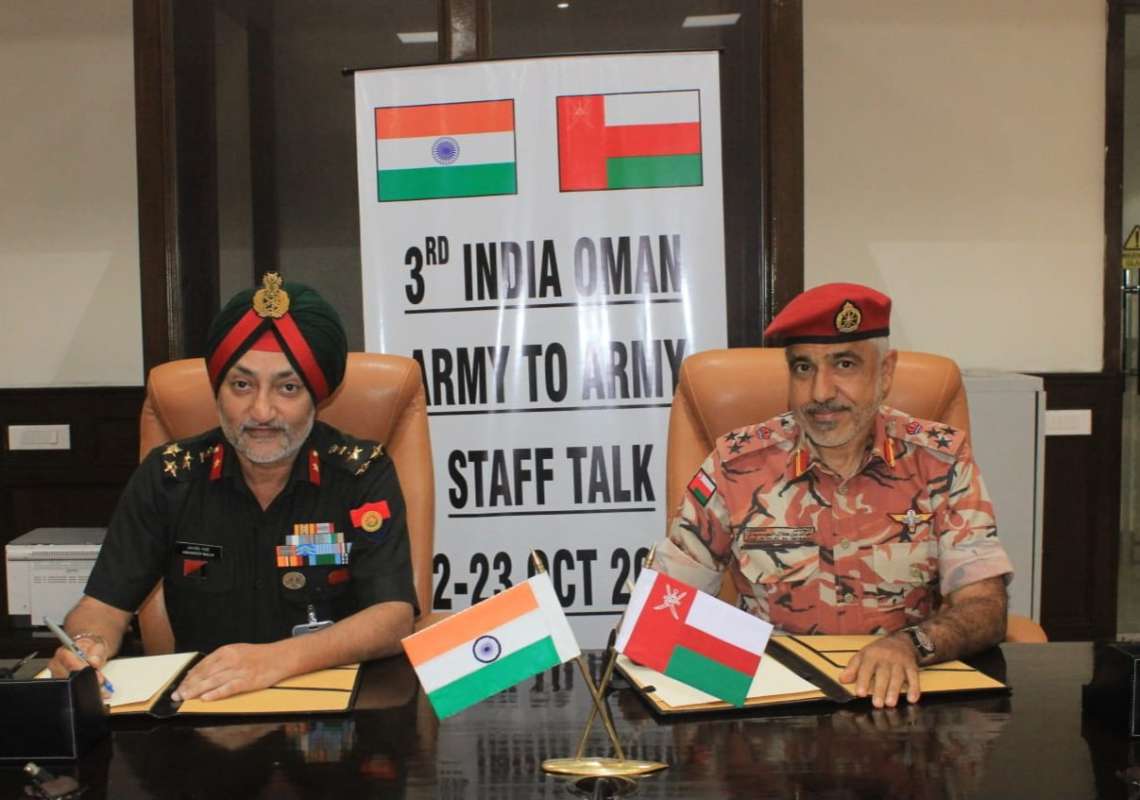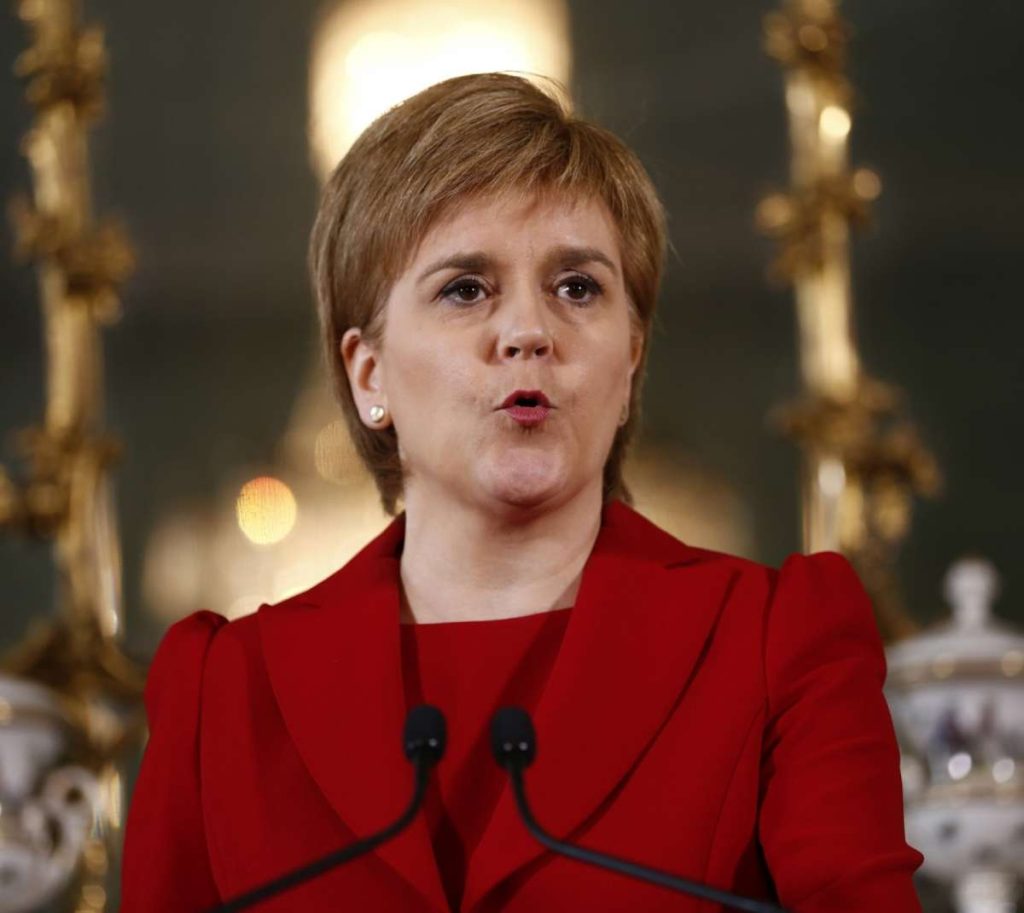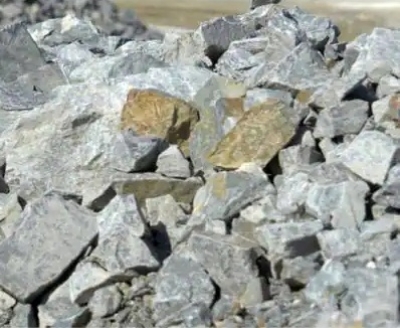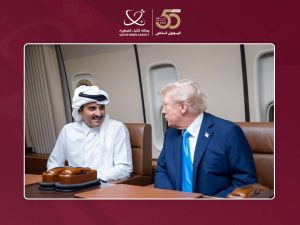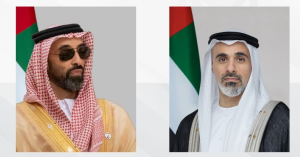Another Indian item chronicled is a pearl necklace consisting of 224 large pearls, which is also believed to have come from Ranjit Singh’s treasury…reports Asian Lite News
The discovery of a colonial-era file from the archives of the India Office, the then-British government department responsible for its rule over the Indian subcontinent, has shed light on many precious gems and jewels that came into the possession of the royal family.
As part of a ‘Cost of the crown’ series, The Guardian newspaper has been chronicling an investigation into Britain’s royal wealth and finances in the lead-up to the Coronation of King Charles III next month.
In one of the reports this week, it references a “remarkable” 46-page file uncovered from the India Office archives that detail an investigation, apparently commissioned by Queen Mary – the grandmother of the late Queen Elizabeth II, into the imperial origins of her jewels.
Among its references is an emerald-encrusted gold girdle used to decorate the horses in the stables of Maharaja Ranjit Singh of Punjab, which now forms part of King Charles’ royal collection.
“The report, from 1912, explains how priceless pieces, including Charles’s emerald belt, were extracted from India as trophies of conquest and later given to Queen Victoria,” The Guardian investigation reveals.
“The items described are now owned by the monarch as property of the British crown,” it notes.
Among the discoveries included a journal recording a tour in 1837 of Punjab by the British society diarist Fanny Eden and her brother George, then Britain’s governor general of India, who visited Ranjit Singh – the powerful king who had signed a so-called “treaty of friendship” with the British at the time.
Dazzled by his kingdom’s jewels, Eden wrote: “He puts his very finest jewels on his horses, and the splendour of their harness and housings surpasses anything you can imagine.”
“If ever we are allowed to plunder this kingdom, I shall go straight to their stables,” Eden wrote.
Later in the 19th century, Ranjit Singh’s son and heir, Duleep Singh, was forced to sign Punjab over to the East India Company and according to historical records, the kingdom’s stables would have been among the many targets of plunder.
The infamous Koh-i-Noor diamond is said to have come into the possession of Queen Victoria as a result of just such a plunder by East India Company officials.
While modern-day royals averted a diplomatic row by not choosing the traditional Koh-i-Noor encrusted crown for Queen Camilla’s Coronation on May 6, the ‘Cost of the crown’ has cast a spotlight on the wider extent of colonial-era jewels in royal possession today.
Among the jewels identified in the document uncovered by The Guardian is a “short necklace of four very large spinel rubies”, the largest of which is a 325.5-carat spinel that later came to be identified as the Timur ruby.
However, research by the academic Susan Stronge in 1996 concluded it was probably never owned by the Mongol conqueror and belonged to several kings of Persia and Mughal emperors before Queen Victoria sent it from India.
Another Indian item chronicled is a pearl necklace consisting of 224 large pearls, which is also believed to have come from Ranjit Singh’s treasury.
“We have finally entered an era where colonial loot and pillage is being recognised for what it really was, rather than being dressed up as the incidental spoils of some noble ‘civilising mission’,” Congress MP and author of ‘Inglorious Empire: What the British Did to India’ Shashi Tharoor told the newspaper.
“As we are seeing increasingly, the return of stolen property is always a good thing. Generations to come will wonder why it took civilised nations so long to do the right thing,” he said.
According to the investigative series, Queen Mary’s interest in investigating the origins of her jewellery appears to have been prompted by a curiosity about some of her pearls’ origin rather than any moral concern about their colonial origins.
A Buckingham Palace spokesperson told the newspaper that slavery and colonialism were matters that King Charles III “takes profoundly seriously”. It has also been revealed that the palace is supporting research into the British monarchy’s historical links with slavery.
“Historic Royal Palaces is a partner in an independent research project, which began in October last year, that is exploring, among other issues, the links between the British monarchy and the transatlantic slave trade during the late 17th and 18th centuries,” the palace has said.

